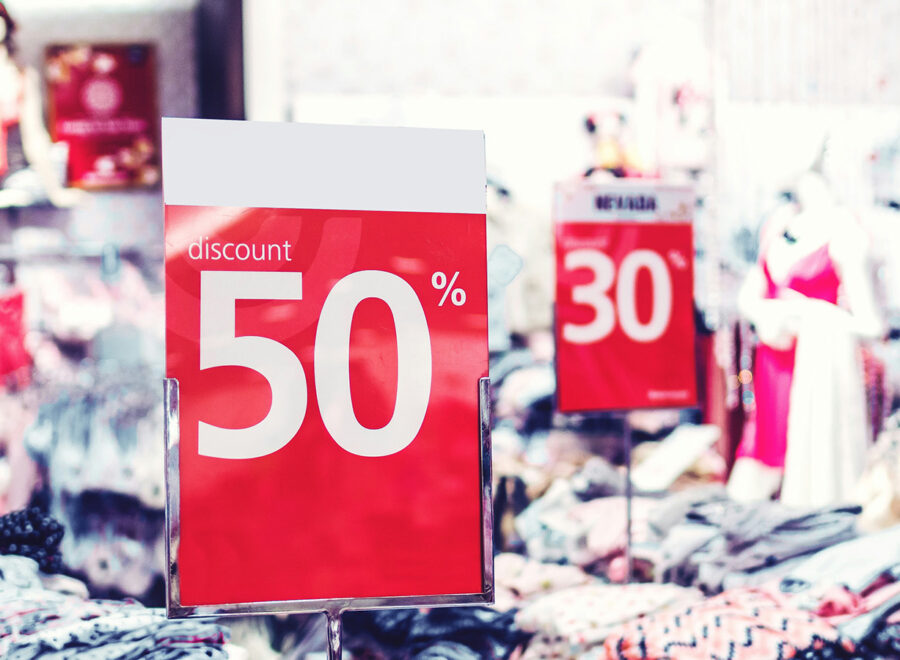Building customer loyalty and achieving sustainable growth is a top priority for most executives. Yet many try rewards or points programs to compete but don’t drive results. Standing out and developing lasting loyalty will require a solution that doesn’t look like a loyalty program as we know it.
Whether you’re at a checkout counter or browsing an online store, you’ve likely been reminded to download an app for exclusive deals or to sign up for a loyalty program. Given that finding new customers is five to 25 times more costly than it is to retain existing ones, it’s no wonder that so many businesses are looking for ways to build customer loyalty and drive sustainable growth.
Yet, most businesses try rewards or points programs to compete but don’t end up driving results. In a market that’s saturated with loyalty offerings, low participation and differentiation cause most to fail within two years of launch. After all, discounts can only hold the attention of customers for so long—especially since the average person is enrolled in 16 or more programs. Standing out and building lasting loyalty will require a solution that doesn’t look like a loyalty program as we know it.
Three Types of Loyalty
Most loyalty programs fall flat because they fail to cultivate relationships that are deeper than transactional interactions. There are three types of loyalty—Pet, Performance, and Purpose—most offerings stay at the Pet level. From frequent flyer programs to grocery store rewards, they give customers perks for good behavior. Increased complexity and gamification can drive engagement, but customers may leave for better deals elsewhere. Other companies enjoy the loyalty that comes from providing a great product or service—think Nordstrom’s famously generous return policy. This is Performance loyalty. Customers keep coming back because they enjoy the experience but are quick to leave if issues arise.
But loyalty works best when it’s rooted in what people truly love about you: your purpose, or your greater reason for existing beyond just making money. That’s because now more than ever, people aren’t just buying things anymore—they’re buying into things. More than 80% of consumers want the brands they support to have values that align with their own. Purpose-driven companies like Patagonia and Harley-Davidson have inspired devotion akin to hometown sports teams because their customers have an emotional connection with them. They come back for shared values and a sense of belonging, even through price increases and customer service hiccups.
The Power of Purpose
Purpose-based loyalty programs stand the test of time because they don’t actually look like loyalty programs. Take Target, for instance. After Target phased out Cartwheel, its standalone digital couponing app, we helped it harness its purpose to “help all families discover the joy of everyday life” and create a loyalty offering centered around the accessibility of its products and beloved in-store experience. The result, Target Circle, isn’t status-based or exclusive. It integrates seamlessly with in-store checkout and provides highly personalized shopping experiences, making it that much easier to turn to Target for everyday purchases. And since launching in fall 2019, Target Circle’s user base has grown to 100 million members.
The runaway success of Target Circle is a testament to the power of loyalty that taps into something deeper than a desire to snag the best deal. Building true loyalty not only helps you retain customers, but also drives growth and future-proofs your business. Sure, customers will stay in your world, increasing visit frequency and spend per person. But more importantly, they’ll become your brand evangelists. Take Apple—its fiercely loyal customers insist on choosing from its ecosystem of products despite highly rated alternatives offered by Samsung and Google. When loyalty is built on trust, customers are also more likely to share their data with you, knowing that you’ll take their preferences into account when designing benefits for them. That sense of community and affinity is especially important today, when controversies befalling companies like Bud Light demonstrate how quick customers are to ditch brands they find inauthentic. Your most loyal customers, on the other hand, are more likely to forgive you for any missteps.
Oops! We could not locate your form.
Not Another Program
To be sure, it isn’t always the right time to launch a loyalty strategy—especially if you’ve found a way to leverage a clear competitive edge and build a community of brand evangelists. But if you’re contending with competitors that are chipping away at your market share or customer satisfaction is declining, then a unique loyalty initiative can help you grow from a place of strength.
Creating offerings that resonate with customers and drive growth will require starting with a clear understanding of what people already love about you. Go beyond “earn and burn” points to provide something customers actually want, and that can mean providing value in creative ways. A loyalty initiative that’s an expression of your purpose and values is a future-focused one because it can drive deeper engagement with your entire brand for much longer than a single transaction. Purpose will make your offering memorable and meaningful in a sea of alternatives that don’t stand for much else besides discounts and occasional freebies.

 Colleen Murray
Colleen Murray



